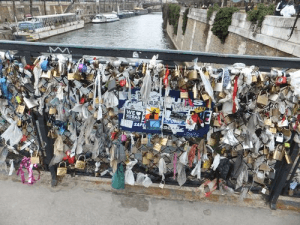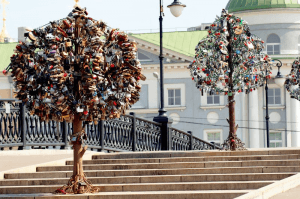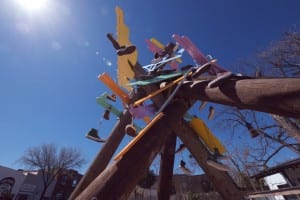One of the leading artists in contemporary performance is widely considered to be Lone Twin, a theatre production company which formed in 1997. In an interview with Christopher Hewitt for the 2004 Brussels kunstenFestivaldesArts, he said they liked to “create maps of social and spatial engagement, suggesting imaginative territories that audiences might physically inhabit and traverse” ((Bilateral, (2006), Lone Twin interviewed by Christopher Hewitt. [online] Available at: http://www.lucazoid.com/bilateral/lone-twin-interviewed-by-christopher-hewitt/, [Accessed 05 April 2013])). The idea of engaging with the space is something we are extremely involved with, and creating a map of the past, present and future inhabitants. Focusing on a project that has influenced some of our performance ideas is Lone Twin’s piece Totem that underwent in 1998. The duo endeavoured to carry a fallen telegraph pole through Colchester’s town centre along a straight line, passing through homes and shops. The initials of those who participated and helped the pair complete their journey were carved into the pole by the artists. It is the notion of collaboration and participation that we are substantially interest in.
In our performance at the Grandstand, we plan to have the spectators encounter all the other pieces at the site. They will hopefully absorb all the stories that are portrayed of the past, the various uses of the stand and landscape surrounding it. By the end we aim for the spectators to have their own grasp of what they then believe the future of the Grandstand. As stated in previous blog posts, they would then attach these ideas onto the twine that we provide, approximately 800 meters in length. Are intentions are for the audience to see the two stand that we have remapped, be removed from the site completely and with the aid of the audience transport the idea filled twine to Lincoln’s high street. We hope to define our location through drawing the audience in and engaging them with the task of taking the future of the Grandstand back to the city, back to the people of Lincoln. We know however that participation should not be mandatory and force it upon our audience, but rather we should invite them to partake if they wish. In a conversation with Lone Twin it states that there should be “no obligation to participate in an active sense; the invitation can always be refused” ((Lavery, C. and Williams, D. (2001) Practicing Participation A conversation with Lone Twin, Performance Research: A Journal of the Performing Arts, 16 (4), p. 8)). Spectators will not engage with the site properly is they are coerced into an activity, instead in Lone Twin’s performances for example they are “permitted to engage in a relation of non-relation, to stand on the sidelines and make their ‘poem’ from the ‘poem’ that Lone Twin have offered them” ((Lavery, C. and Williams, D. (2001) Practicing Participation A conversation with Lone Twin, Performance Research: A Journal of the Performing Arts, 16 (4), p. 8)). Are audience are able to develop their own ideas of the Grandstand from experiencing the pieces however they do not necessarily have to share them, the main aim is to just bring back the awareness of our site to what has been forgotten.
By taking the Grandstand’s future to the high street we hope to bring back some of the excitement back and a sense of community that existed at the site during the seasonal races in the past. Not only can the audience see the suggestions on the twine but so can other members of the public; it opens it up to for everyone to see how significant it was for Lincoln in the past, bringing a sense of remembrance and a small piece hope for the Grandstand’s future.


